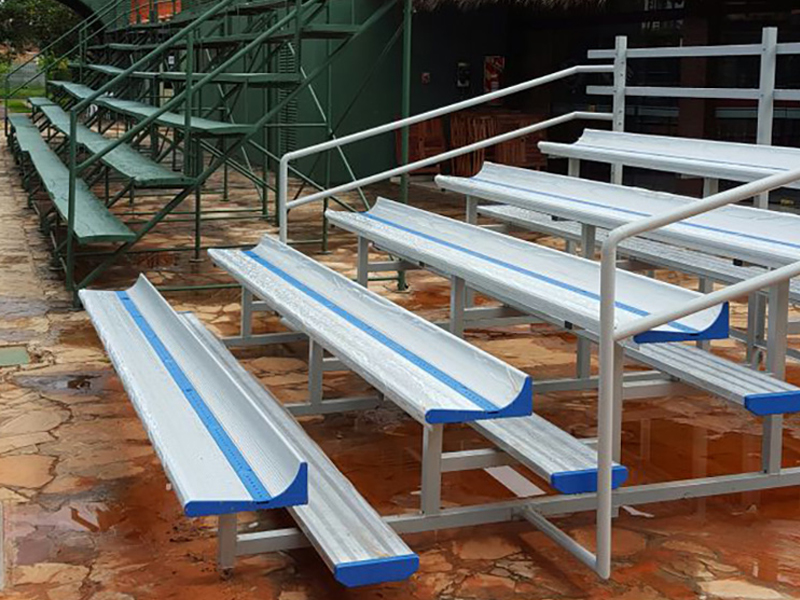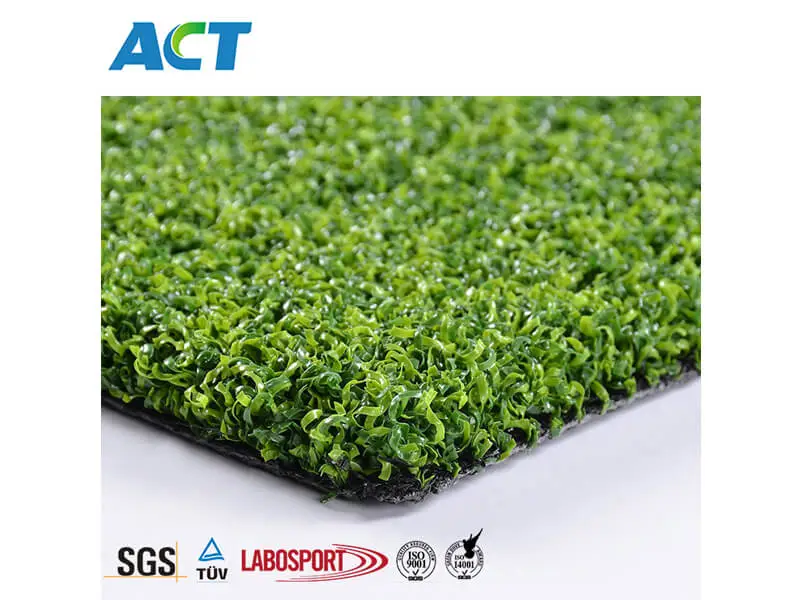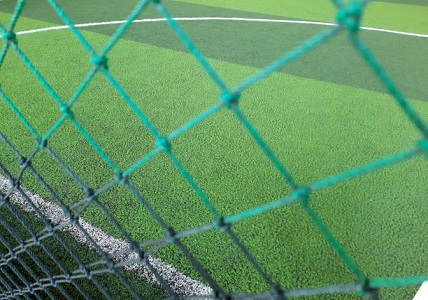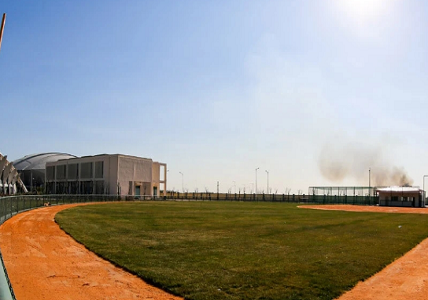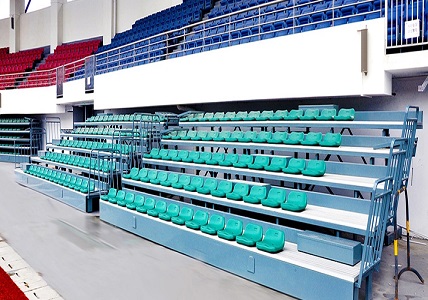
The green belt grass, as a part of the urban landscape, not only beautifies the environment but also plays multiple roles in urban public spaces. With the advancement of urbanization, the functional demands of urban public spaces are increasing, and the green belt grass has become an indispensable element in providing various services such as leisure, social interaction, and ecology. This article will explore the multifunctional applications of green belt grass in urban public spaces.
Green belt grass is a crucial part of urban landscape design. As a natural element, green belt grass can effectively improve the urban environment and offer a comfortable visual enjoyment. Widely used in cities, green belt grass not only beautifies spaces but also absorbs dust from the air, enhancing air quality and providing residents with a fresher and more pleasant living environment.
Green belt grass is not just tools for beautifying cities; they also offer social and leisure spaces for citizens. In parks, streets, or other public areas, green belt grass often becomes ideal places for people to gather, communicate, and relax. Whether it's children playing, the elderly taking a walk, or office workers having a lunch break, lawns provide an open and free space, encouraging outdoor activities and promoting interactions among people.
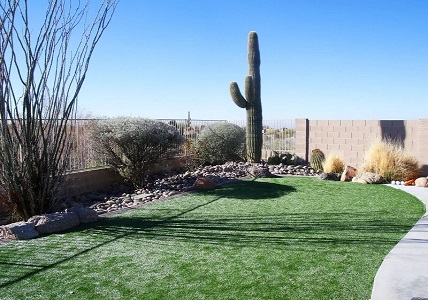
In urban public spaces, green belt grass plays significant ecological roles. Lawns can effectively promote rainwater infiltration, reduce urban runoff, and help alleviate flooding issues. Additionally, green belt grass absorbs carbon dioxide and release oxygen, contributing to improved urban air quality and mitigating the heat island effect. They also provide habitats for birds, insects, and other wildlife, enhancing urban biodiversity.
Green belt grass offers a place for close contact with nature, promoting the physical and mental health of residents. Research shows that lawns and green spaces have positive effects on people's psychology, helping to reduce stress, improve mood, and enhance happiness. Activities like walking, running, or practicing yoga on green belt grass is not only beneficial to physical health but also help alleviate the anxiety and tension of urban life. By adding more green belt grass to public spaces, we can offer residents more healthy activity options.
Green belt grass can also become venues for community activities and public events. For example, many cities hold outdoor concerts, markets, and festivals on lawns. The open spaces provided by green belt grass allows these activities to take place in a relaxed environment, promoting community cohesion and enhancing residents' sense of belonging and identity. Through these social activities, green belt grass becomes important carriers of urban cultural exchange.
The multifunctional applications of green belt grass in urban public spaces demonstrate its crucial roles in beautifying the environment, providing social spaces, enhancing ecological functions, promoting health, and enriching urban culture. With the increasing demand for high-quality public spaces in urban development, the value of green belt grass will continue to grow. Future urban planning should focus more on the reasonable layout and management of green belt grass, making it green spaces that better serves citizens and improves the quality of life.
